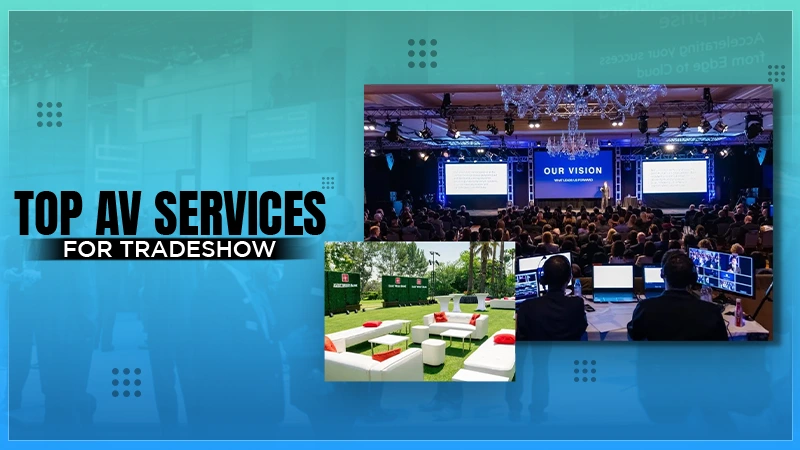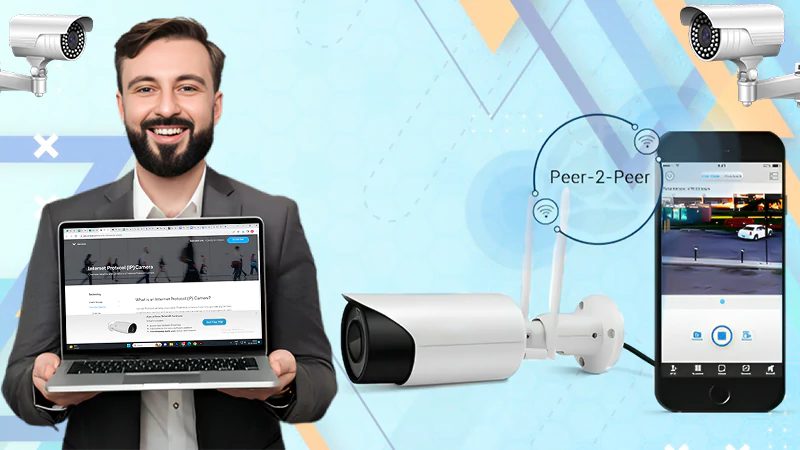What Are the Top 8 E-commerce Innovations of 2024?
According to a report by Semrush, the e-commerce market tripled in size after COVID-19, and it is expected that by 2040, 95% of purchases will be shifted online. Due to this reason, the race for a hyper-personalised shopping experience has geared up more than ever before. Numerous innovative e-commerce technologies have been introduced.
E-commerce become an integral component of our lives as more and more businesses move on this platform. With the ever-changing digital world, it is important to stay informed on the latest e-commerce trends. In this article, we’ll share the top eight e-commerce trends based on global consumer research. Continue reading to learn about these innovations.
What are the Innovations in e-Commerce 2024?
E-commerce consists of a set of tools, software, and platforms that empower online businesses to work and manage transactions through the Internet. In the growing e-commerce technology landscape, there are many trends have been introduced that are shaping the market and driving innovation.
Business students often get an assignment on these trends, which is greatly beneficial for them to learn about the insights of this business. To write a winning paper, they can acquire help with their assignments from professional writers, who can make their writing process seamless.
Apart from this, let’s dive into this article and get to know some of the best e-commerce trends of 2024. But first, have a look at the key takeaways of these trends.
Important Points:
- AI and ML are the two popular technologies that provide a seamless shopping experience to customers.
- These days, personal advertising has become popular as it offers a customised shopping experience.
- Voice commerce and live-stream commerce are two newly introduced technologies that make shopping easier for consumers.
- Multiple payment options open doors for buyers to experience an exceptional online shopping experience.
1. Machine Learning &Artificial Intelligence and
Machine learning (ML) and Artificial intelligence (AI) are the two most revolutionised advancements that use state-of-the-art technologies and automation capabilities to innovate e-commerce.
These two advancements revolutionised the online shopping journey in the following ways:
- Chatbots
- AI-powered personalisation
- Supply-chain optimisation
- Fraud detection and prevention
- Price optimisation
Despite the increasing growth of these technologies, many retailers are still wondering how they can use these advancements on their e-commerce websites. They are also searching for ways to stay engaged with their consumers and what they need to change to stay ahead of the competition. At the start of 2024, various e-commerce websites began offering generative and conversational search tools to improve real-time deal comparison.
2. Personalised Advertising
According to Publics Sapient, retail media has reached $30 billion in revenue, which is higher than search and social media. In simpler words, it’s the right time for personalised retail media. This media network is the greatest profitability tool for retailers who have just partially invested in it to earn hundreds of millions in annual revenue.
According to the report by Statista, target advertising is less annoying than it used to be, as people prefer e-commerce advertising that is customised for their unique needs. This trend demonstrates transformative power that increases customer experience and drives business growth.
3. Augmented Reality (AR) and Virtual Reality (VR)
These are the two significant tools that transform the ways customers interact with products and make decisions related to their purchases. By filling the gap between online and offline shopping, these trends create a realistic shopping experience.
AR connect the digital platform with the real world and enhances the shopping experience by providing product visuals in their environment. On the contrary, VR provides a virtual shopping experience to customers.
These two technologies boost the e-commerce industry by offering the following features:
- Virtual try-on
- Virtual showrooms
- Virtual events
- Interactive product visualisation
4. Email Marketing
This is one of the most effective trends that transform the entire e-commerce industry. This tool empowers online businesses to design, automate, and deliver email campaigns directly to their target audience. This marketing campaign involves sending customised messages, transactional details, order summaries, and promotional content to target consumers. Further, this marketing strategy increases customer engagement, brand loyalty, and sales.
According to AIMuitiple Research, more than 60% of online retailers choose email marketing to promote their brands and seasonal sales. This marketing strategy is the most effective way to increase the sales of any business. If you are a business student and want to explore this marketing tool but do not have time to complete your writing tasks, then you can avail yourself of assignment writing services from the best writers in the London.
5. Voice Commerce
Voice commerce or v-commerce is a popular e-commerce innovation that helps consumers make their purchases by using voice commands. Like the emergence of virtual assistants, voice command gained significant importance as it transformed customers’ shopping experience.
Furthermore, this tool gaining attention as it offers a more convenient experience of online shopping The hands-free option of this v-commerce enables consumers to make purchases without giving any manual inputs. Lastly, this feature is greatly beneficial for disabled persons who may face challenges in traditional interfaces.
6. Live-stream Commerce
Live-stream is an innovate e-commerce technology that empowers retailers to sell their on live-stream channels by showcasing their commodities in real-time. This e-commerce innovation is a mixture of social interaction and entertainment that eventually provides an engaging shopping experice to customers.
Unlike static images or videos of products, this platform enables viewers to see the commodities in real time, observe their characteristics, and generate a better understanding of their quality. Moreover, viewers can actively take part in live streaming by asking queries about the products. In a nutshell, the reason behind the popularity of this tool is exclusivity and promotions.
7. Multiple Payment Options
Multiple payment options play an important role in improving the flexibility of innovate e-commerce platform. A variety of payment options offers the opportunity for customers to limit their shopping experience.
Below are some popular payment methods that are used in e-commerce:
- Credit and Debit Card: This is the most used transaction method for online shopping. Customers use their Master cards, credit, or debit cards to pay bills for their purchases.
- Digital Wallet: Digital wallets like PayPal, Apple Pay, and Amazon Pay, are the most secure ways for customers to pay their bills while keep their information secure.
- Bank Transfer: Some customers prefer bank transfer options to directly transact their bills through account transfer. In this method, customers have to pay the money directly to the merchant’s account.
- Cryptocurrencies: Many e-commerce platforms accept digital currency like light coin or bitcoin for payment. This payment method offers security, privacy, and decentralisation.
- Prepaid Cards: It is the best way to make online payments without sharing any personal or bank account details. Generally, these cards are pre-loaded with a specific amount and the customer can use them until the balance is exhausted.
8. Warehouse and Automation Technologies
Warehouse and automation technologies are the two most used innovate e-commerce trends these days. These technologies streamline the logistics operations, reduce costs, and improve the overall shopping experience, additionally, these tools leverage automation, advanced data protection, and robotics.
Below are some examples of these technologies:
- Internet of Things (IoT)
- Intelligent automation
- Cobots
- Autonomous delivery vehicles
- Automated management systems
Owing to the importance and popularity of these systems, teachers generally assign assignments on these two technologies. To write successful papers on these innovative e-commerce ideas, students need exceptional understanding and writing skills. If they are struggling while completing the homework, then they can buy assignments online that will help them earn good grades.
What is the Future of e-Commerce in the Next 5 to 10 Years?
E-commerce is an emerging industry and is expected to reach $6.35 trillion by the end of 2017. This exceptional growth is driven by various factors including accessibility, convenience, and ease. These days, people prefer to shop online as it saves their time and energy to visit any physical outlet. As a result of this popularity, the e-commerce industry is evolving and digitised with customers’ needs.
Conclusion
E-commerce is an emerging industry as it provides ease, convenience, and accessibility to customers in their shopping experience. With the rapidly growing e-commerce business, there are numerous innovate e-commerce trends are emerging in this industry. These technologies provide a user-friendly and satisfying shopping experience.
Artificial intelligence is a popular e-commerce technology that provides a seamless shopping experience to customers. Also, personal advertising is the key strategy of every brand as it offers a customised shopping experience. Voice commerce and live-stream commerce tools make shopping entertaining. Lastly, multiple online payment methods make the shopping easy for potential buyers.
Follow Us
Latest Post
















